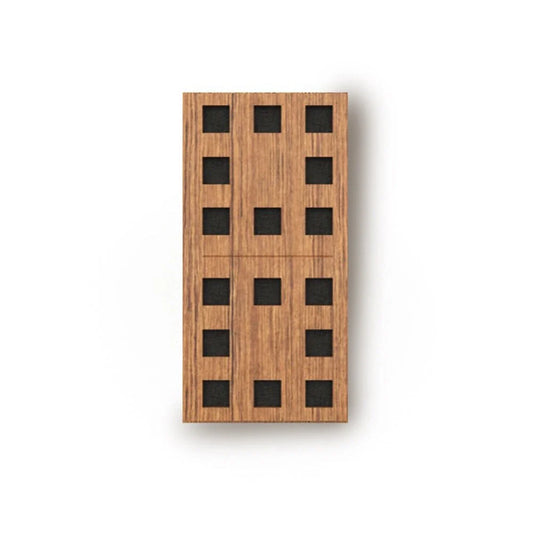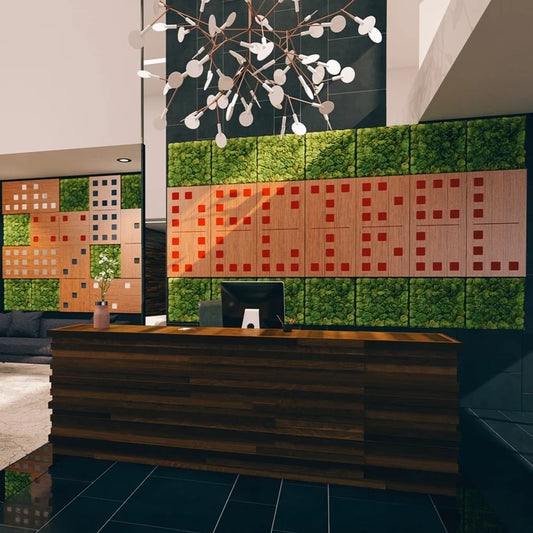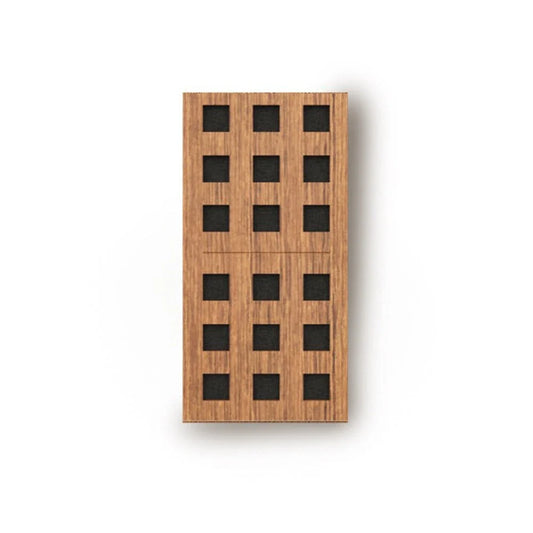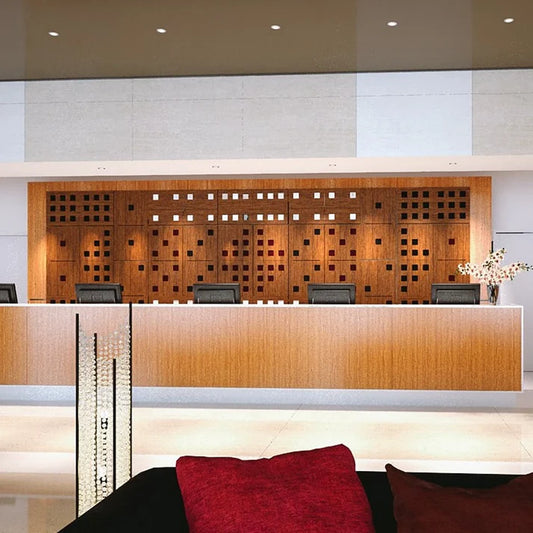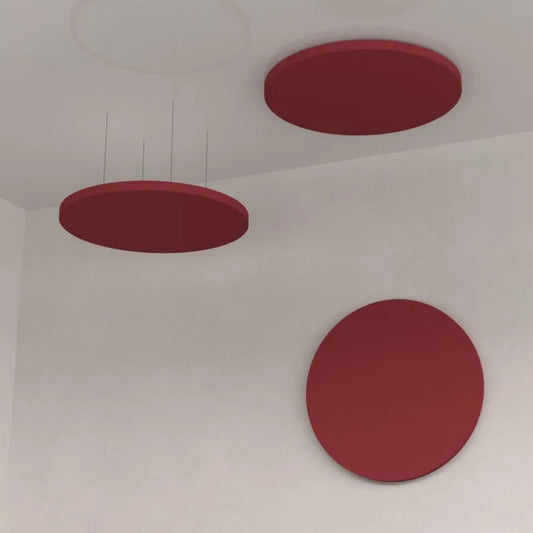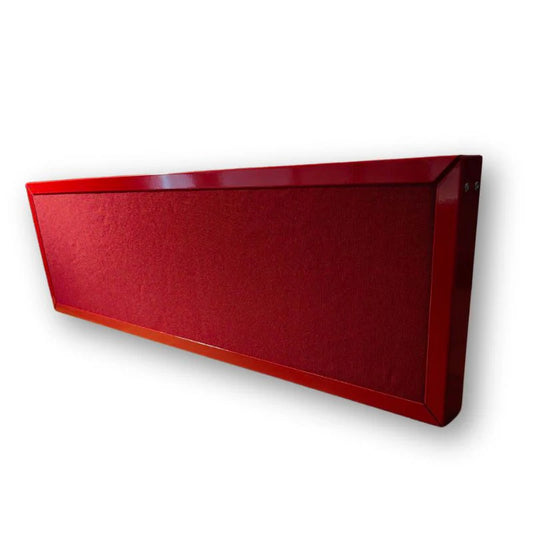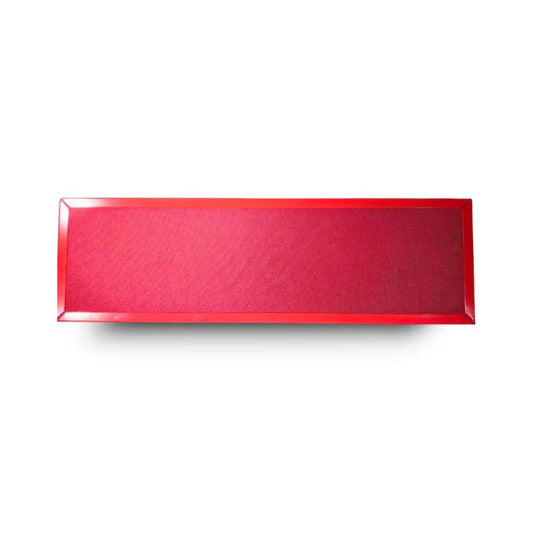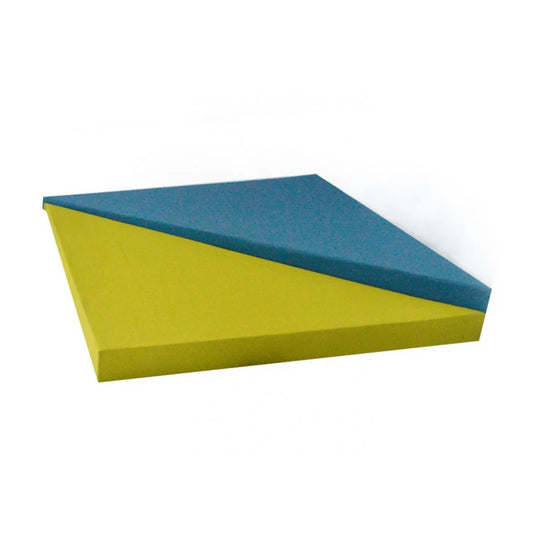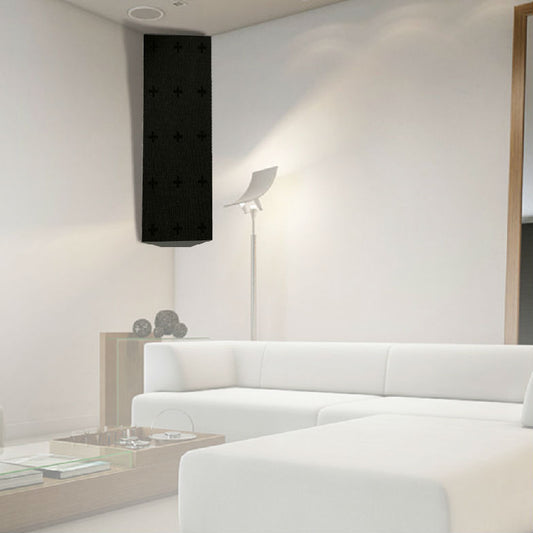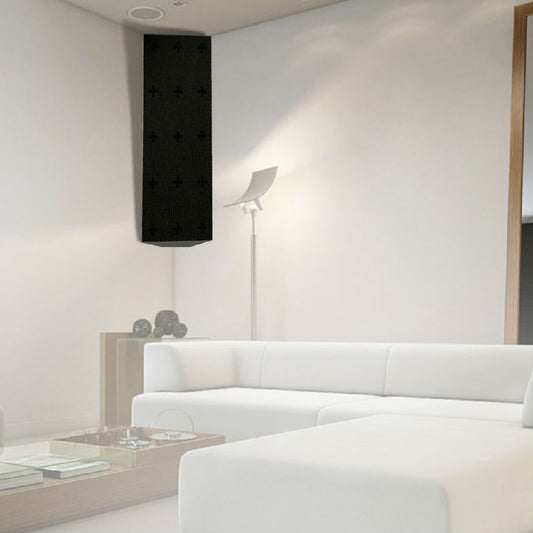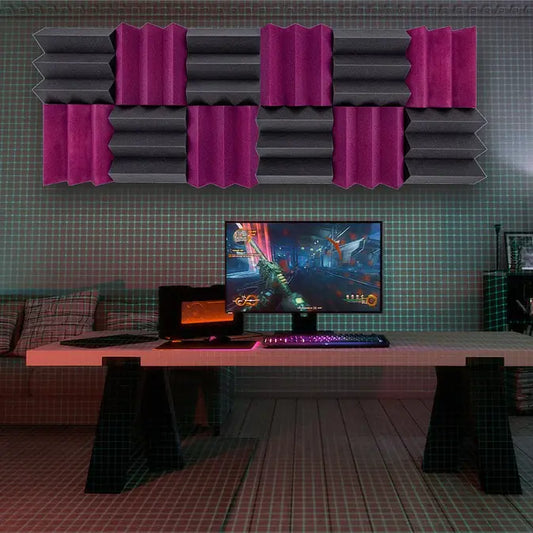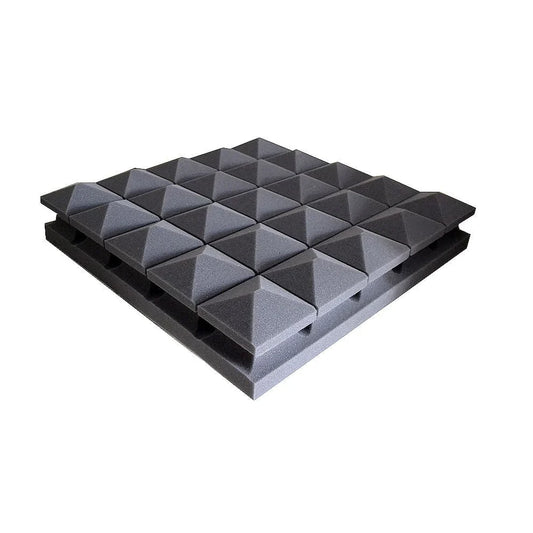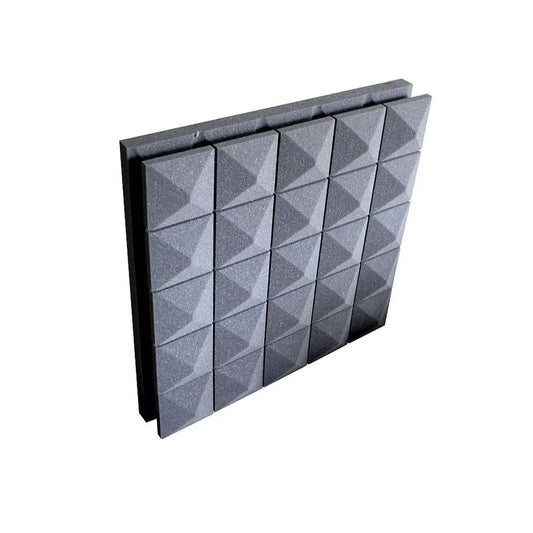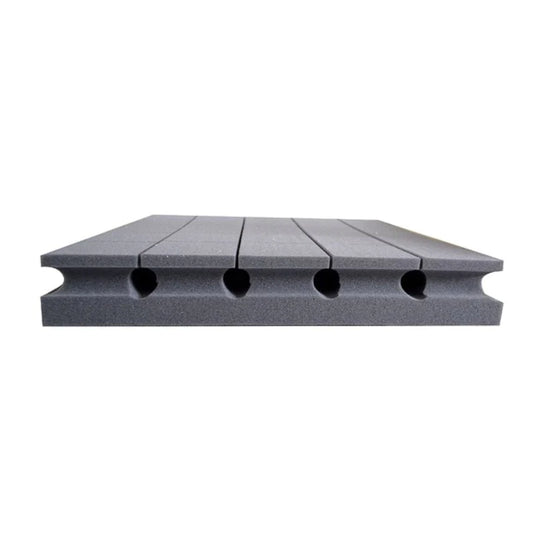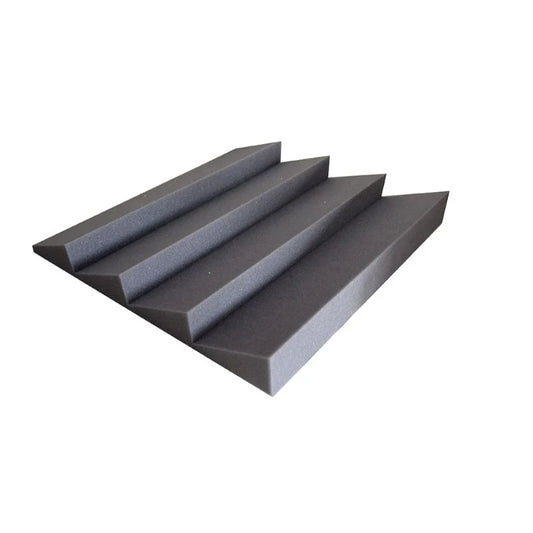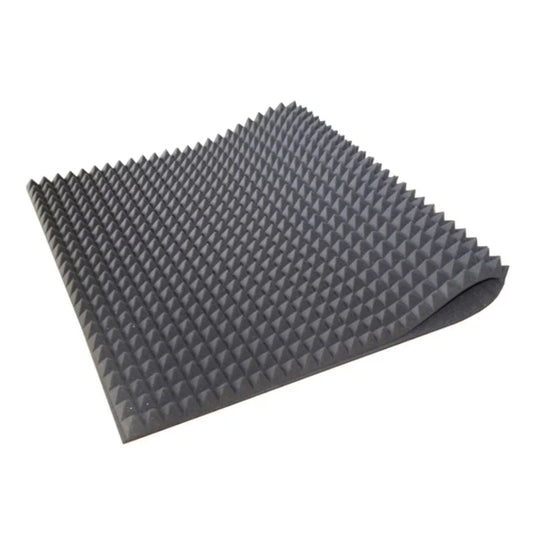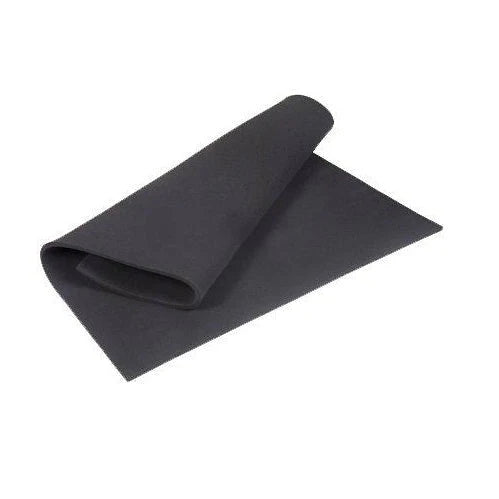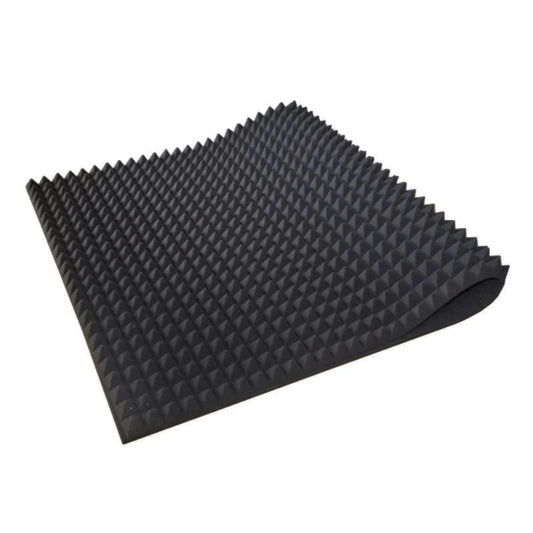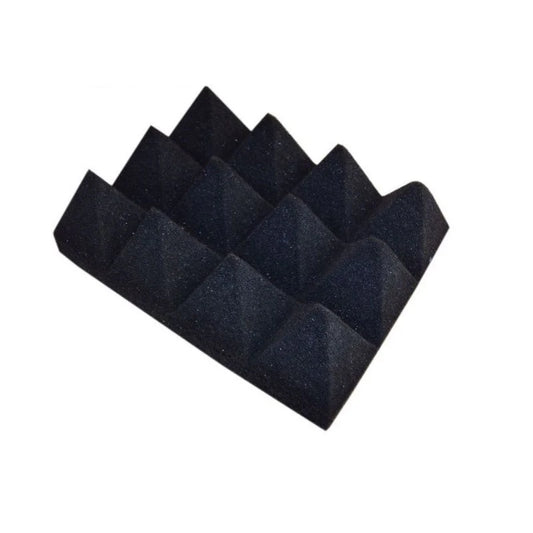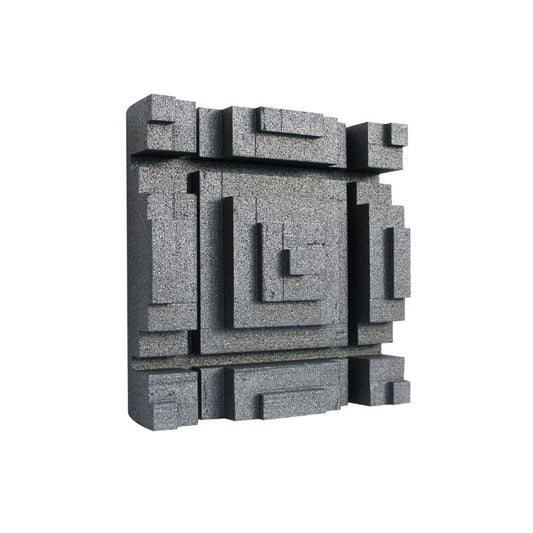-
Domino DP2 - wood & fabric acoustic panel
Regular price From €74,97 EURRegular priceUnit price per -
Domino DP1 - wood & fabric acoustic panel
Regular price From €74,97 EURRegular priceUnit price per -
Echo Moon - Acoustic hanging textile baffle
Regular price From €52,58 EURRegular priceUnit price per -
Echo Wave - Acoustic hanging textile baffle
Regular price From €61,59 EURRegular priceUnit price per -
GLL-3D- Fabric Acoustic Panel 60 x 60 x 84 cm
Regular price €24,23 EURRegular priceUnit price per -
ARC™ Bass Trap - Low Frequency Sound Absorbing Panel
Regular price From €191,50 EURRegular priceUnit price per -
Pi™ Bass Trap - Low Frequency Sound Absorbing Panel
Regular price €135,69 EURRegular priceUnit price per -
Wedge Panel - High-Frequency Sound Absorber
Regular price From €7,68 EURRegular priceUnit price per -
Gyza Raster - High-Frequency Sound Absorber
Regular price €16,37 EURRegular priceUnit price per -
Square Raster - High-Frequency Sound Absorber
Regular price €14,76 EURRegular priceUnit price per -
Z Panel - High-Frequency Sound Absorber
Regular price €7,32 EURRegular priceUnit price per -
Pyramid Foam - Sound Absorption Panel
Regular price From €16,81 EURRegular priceUnit price per -
Eggshell Foam - Sound Absorption Panel
Regular price €18,36 EURRegular priceUnit price per -
Fomex Flat - Fire Resistant Acoustic Panel
Regular price From €15,66 EURRegular priceUnit price per -
Fomex Pyramid - Fire Resistant Acoustic Panel
Regular price From €39,67 EURRegular priceUnit price per -
INCA™ - Sound Diffuser Panel
Regular price €70,75 EURRegular priceUnit price per
What are Acoustic Panels and How Are They Used
They are essential for controlling noise, reducing echo, and absorbing sound. They are used in spaces such as recording studios, offices, and home theatres. They are also used in living rooms and restaurants. They refine sound quality by lessening room resonance. This is especially true for the mid and high frequencies. It's crucial to note that acoustic panels absorb sound. They differ from soundproofing, which stops sound from leaving a room.
Benefits of Using Acoustic Panels
Incorporating acoustic wall panels into your space brings a multitude of benefits. They refine the sound and cut echo. They also make a comfy acoustic space. These wall panels enhance sound. Acoustic wall panels are versatile and effective. They reduce unwanted reverberation, fostering clear communication and better audio enjoyment.
Acoustic Panels Types & Materials
Acoustic panels come in many types and materials. They offer a custom solution for different needs. The products have perforated designs and decorative panels. They come in many materials, including fabric-covered options and artfully designed panels. Understanding the diverse types and materials ensures that you can choose panels. They will not only optimize sound treatment but also match your space's look.
Acoustic Panel Design in Interior Spaces
Adding acoustic panels to interior spaces is a savvy design choice. It is a way to get good sound treatment. Modern designer acoustic panels are popular. Acoustic wall panels are also popular. Each choice helps with both the look and sound of a room. The panels are placed strategically. This makes the environment pleasing to the eye and good for sound.
Acoustic Panels Use-Cases & Applications
We engineered our acoustic panels carefully. They make your office or home office focused and productive by cutting distractions. In studios, these panels make the space acoustically optimized. They ensure precision in sound recording. Explore the detailed uses of these panels. Find their versatile function. Make sure each panel serves a purpose beyond just acoustics. For homes, our acoustic wall panels fit into living rooms. They improve the rooms' looks and sound.
Tips for Selecting the Right Acoustic Panels
Choosing the right acoustic panels is essential for optimal sound treatment. Consider factors such as room size, design preferences, and acoustic requirements. Understanding the available types and materials empowers you to make informed decisions. This ensures that the selected panels fit your needs and help make a better-sounding space. Our experts offer tailored advice. It will guide you through the selection process. They will ensure each panel serves its purpose in your unique environment.
Acoustic Panels DIY Installation
Installing acoustic panels doesn't need to be a complex task. With the right guidance, you can easily improve your space's acoustics. You can install them by yourself. You can glue panels to walls securely. Or, you can use the self-adhesive Fixie hooks for semi-permanent mounting. The guides are detailed. They give step-by-step instructions and come in text and video formats.
Frequently Asked Questions about Acoustic Panels
How do acoustic panels work, and what benefits do they offer?
Acoustic panels work by absorbing sound waves, reducing echoes, and minimising ambient noise. They are designed to enhance sound quality in a space by improving clarity and reducing unwanted sound reflections. The benefits include creating a more comfortable and focused environment, especially in settings like offices, studios, and living spaces.
What are the different types of acoustic panels, and how do they differ in terms of materials and design?
Acoustic wall panels come in various types, including wood perforated panels, PET Felt, textile panels. Each type offers unique materials and designs. Wood panels bring a natural aesthetic, PET Felt panels provide a contemporary look, and textile panels offer a blend of style and functionality. Choosing the right type depends on your acoustic needs and the desired visual impact.
Can acoustic panels be used in home offices, and how do they contribute to a productive work environment?
Absolutely! Acoustic wall panels are highly effective in home offices. They help minimise distractions, reduce background noise, and create a quieter environment conducive to focus and productivity. Strategically placing acoustic panels can significantly improve the acoustics of your home office, enhancing your overall work experience.
What is the recommended method for installing wood perforated acoustic panels, and are they suitable for DIY installation?
Wood perforated panels are versatile and well-suited for DIY installation. You have the option to securely glue the panels to your walls or ceilings using our recommended installation adhesive. Alternatively, you can use the self-adhesive Fixie hooks to attach the panel effortlessly. Fixie hooks can be easily removed without leaving any trace behind, making them ideal for both homeowners and renters. Detailed installation guides, available in text and video formats, are provided to ensure a hassle-free and successful installation process.
How do acoustic panels contribute to creating a professional recording environment in a studio setting?
Acoustic panels play a crucial role in creating a professional recording environment in studios. They help control sound reflections, reduce reverberation, and enhance the clarity of recorded audio. Studio acoustic panels are designed to optimise acoustics, ensuring that the recording space is acoustically balanced and free from unwanted noise, resulting in high-quality audio production.

